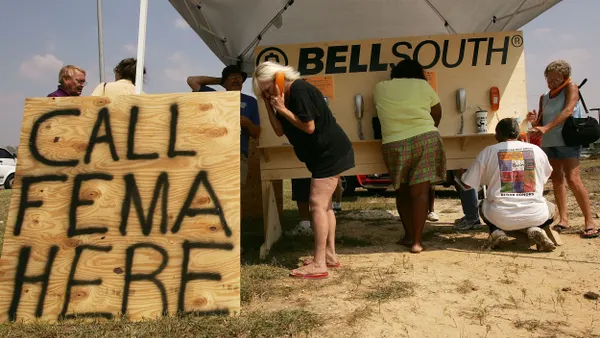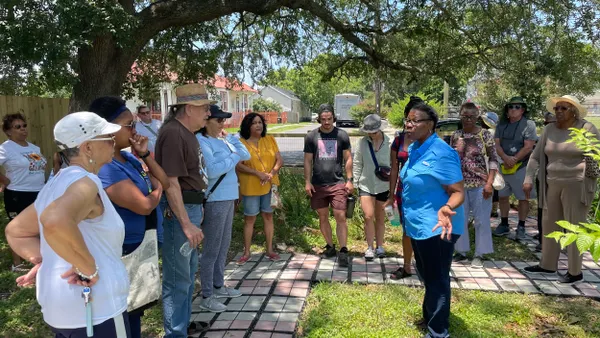Dive Brief:
- Electric vehicle (EV) owners in Salt Lake City can now get a free charge, thanks to the city's repeal of user fees at its EV charging ports. The move is an effort to encourage residents to use the stations and purchase EVs.
- Since the installation of 28 charging stations a year ago, customers had to pay $1 to connect and 10 cents per kilowatt hour. The city plans to install more charging stations this year.
- Salt Lake City leaders will monitor the use and costs of the charging stations now that they're free, and will determine whether or not to reinstate a fee at some point in the future.
Dive Insight:
Salt Lake City has made great strides on its march toward becoming a smart, sustainable city. The new EV measure advances the city's commitment to moving away from fossil fuels and toward clean energy, following city leaders' adoption of a resolution to get 100% of its community energy from renewable sources by 2032.
Also on the energy-saving front, the city began installing LED bulbs this week at Smith's Ballpark, its minor league baseball stadium. "We’re not only improving the overall stadium experience, but we’re also reducing energy consumption by 65% while saving money on maintenance," Phong Nguyen, energy management coordinator with the city’s Department of Public Services, said in a press release.
These efforts, while fairly simple and low-risk, demonstrate a long-term commitment to energy efficiency and the environment, and also position Salt Lake City as an exemplary model for neighboring cities and towns.
An unrelated effort to make the city more sustainable and livable for residents is the new five-year, comprehensive housing plan. It mostly focuses on creating more affordable housing because the city has experienced about a 4% growth in population since 2010, which turned around its population decline. Salt Lake City's growth has been relatively steady, so it hasn't experienced the harsh cost-of-living and housing price spike to the same extent as other cities. Leaders released the proactive housing plan before housing costs got out of control and encouraged other nearby municipalities to do the same, as they recognized that housing crises tend to bleed over to nearby cities and rarely stay contained.










